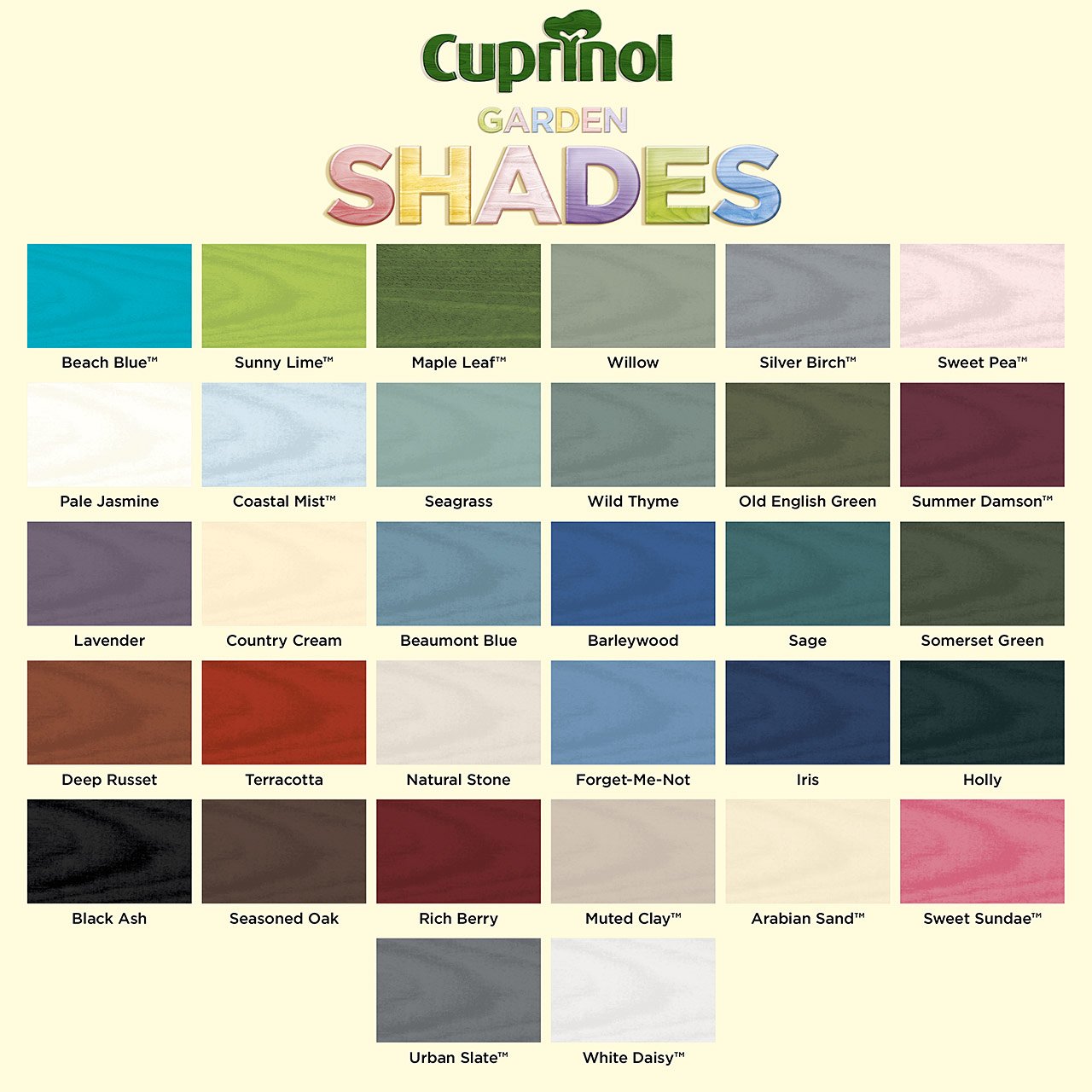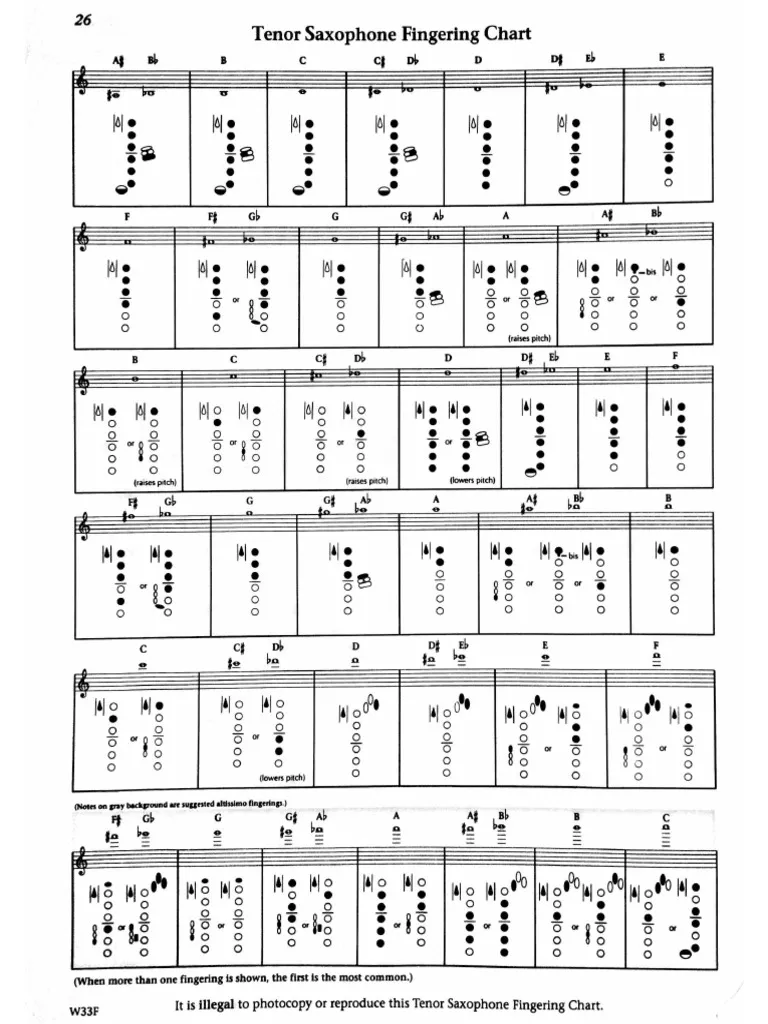The Ultimate Fitted Hat Size Chart: Find Your Perfect Fit
When it comes to wearing hats, there’s nothing worse than a hat that doesn’t fit properly. Whether it’s for fashion, sports, or just to keep the sun off your face, a fitted hat should feel snug but not too tight. Luckily, we’re here to help you find the perfect fit! This guide includes an easy-to-use hat size chart along with tips to measure your head correctly. Why Proper Fit Matters A properly fitted hat not only looks great but feels comfortable too. Here are some reasons why fit is important: Comfort: A too-tight hat can give you headaches, while a loose one might fly off in the wind. Style: A well-fitting hat enhances your overall look. Support: Some hats provide sun protection or warmth. If they’re not fitting correctly, they may not serve their purpose well. How to Measure Your Hat Size Before we dive into the size chart, let’s talk about how to measure your head. Follow these easy steps: Gather Your Materials: Get a flexible measuring tape. If you don’t have one, you can use a piece of string and a ruler. Position the Tape: Place the tape around your head, just above your ears and eyebrows. Take the Measurement: Make sure the tape is snug but not tight. Write down the measurement where the tape meets. Hat Size Measurement Tips Measure Twice: It’s a good idea to take two measurements to ensure accuracy. Use the Right Tape: A fabric measuring tape is best, as it can easily move around your head. Fitted Hat Size Chart Now that you’ve got your measurements, it’s time to find your size! Below is a fitted hat size chart that includes sizes in inches and centimeters. Hat Size Circumference (Inches) Circumference (Centimeters) XS 20.5 – 21 52 – 53 S 21 – 21.5 53 – 54 M 21.5 – 22 54 – 56 L 22 – 22.5 56 – 57 XL 22.5 – 23 57 – 58 XXL 23 – 23.5 58 – 60 XXXL 23.5 – 24 60 – 61 Understanding Sizes XS: Extra Small is perfect for smaller head sizes. S: Small usually fits young teens and smaller adults. M: Medium is the most common size for adults. L: Large fits those with bigger heads. XL and above: Extra Large sizes cater to even larger head sizes. Types of Fitted Hats There are several different styles of fitted hats you might come across. Here are some popular types: Baseball Caps: Often used in sports. Beanies: Knit hats that are perfect for winter. Snapbacks: Adjustable hats that are stylish but not always fitted. Flat Caps: These are more formal but can come fitted as well. Tips for Buying Fitted Hats When shopping for fitted hats, keep these tips in mind: Try It On: If possible, always try on the hat before buying. Check the Material: Some materials stretch over time, while others do not. Know Your Style: Choose a style that reflects your personal taste. Where to Buy Fitted Hats Fitted hats can be found in a variety of places: Sporting Goods Stores: Great for sports team hats. Fashion Stores: Look for stylish options. Online Retailers: Websites like Amazon and eBay often have a wide variety. Online Shopping Tips Check the Return Policy: If you’re unsure about the fit, look for stores with easy returns. Read Reviews: Customer feedback can help you gauge if a brand runs small or large. Conclusion Finding your perfect fitted hat isn’t as complicated as it may seem. By measuring your head correctly and understanding the size chart, you can easily find a hat that not only looks great but feels comfortable too! Remember, your head might fit differently in various styles, so don’t hesitate to try on different hats or check multiple brands. Key Takeaways Measure Accurately: Use a flexible measuring tape. Use the Size Chart: Refer to the chart above for sizes. Choose Your Style: From baseball caps to beanies, find what fits your personality. By following this guide, you’ll be set to rock your fitted hat in no time. Happy hat hunting!


